Embarking on the journey of selecting an app builder can be a perplexing task. Amidst the myriad of options, you seek affordability, user-friendliness, and a perfect fit for your business aspirations. So, how do you untangle this web of choices and find your ideal match?
In the realm of app creation, the landscape is undergoing a transformation thanks to the rise of no-code development. This revolution empowers not only seasoned developers but also businesses of all sizes, granting them the prowess to craft robust web and mobile applications – all without the need for any coding expertise.
In the vibrant and ever-evolving landscape of app development, where innovation fuels digital transformation, two names stand out prominently: Adalo and Bubble. If you’ve delved into the dynamic realm of No Code, you’re no stranger to the two heavyweights that command attention and curiosity.
As we embark on this journey of exploration, we uncover the intricacies that set Adalo and Bubble apart, guiding you through a realm where no-code solutions shape the future.
Explore a comparison of Adalo vs Bubble—two powerful no-code platforms. Make informed decisions on app development with this comprehensive analysis.
Table of Contents
Differentiating No-Code and Low-Code
Before delving into the intricacies of Adalo and Bubble, it’s essential to grasp the fundamental difference between no-code and low-code development approaches. While both empower non-developers to create applications, they operate on a spectrum of complexity.
-
- No-code platforms like Bubble and Adalo require minimal to no coding knowledge, focusing on visual interfaces and pre-built components.
- On the other hand, low-code platforms provide a balance, offering some coding capabilities for those seeking customization while still reducing the coding burden.
What is Adalo
In the universe of app creation, Adalo shines as a beacon of simplicity and possibility. It’s an environment where apps are crafted with ease without compromising quality. Adalo empowers creators to tackle their app-building journey without getting entangled in complex codes.
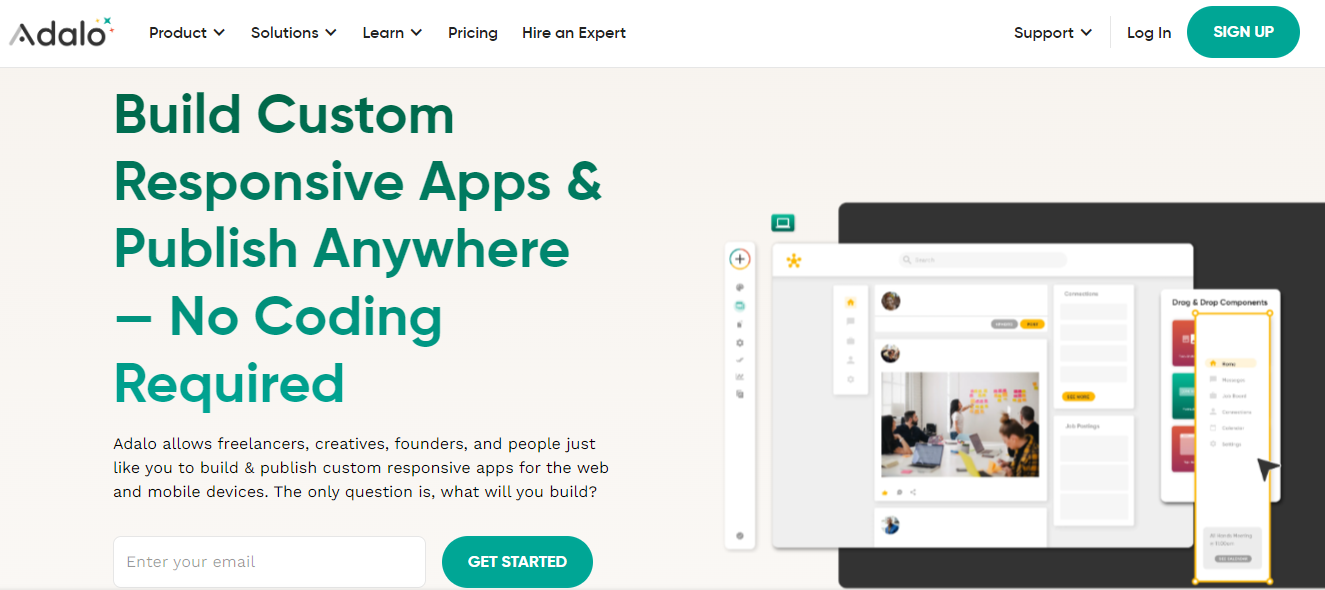
What is Bubble
In the realm of app development, where lines of code once dictated possibilities, Bubble emerges as a transformative force. It’s not just a platform; it’s a canvas where ideas come to life without the constraints of coding. Bubble redefines the landscape of creation by being a robust no-code platform that empowers dreamers and visionaries to craft complex, functional applications.

Adalo Pros
-
- User-Friendly Interface: Adalo boasts a highly intuitive drag-and-drop interface, making app creation accessible even to those without coding knowledge.
- Rapid Prototyping: Its quick prototyping capabilities enable the swift creation of functional prototypes, aiding in iterative development.
- No-Code Simplicity: Adalo’s no-code nature empowers users to develop apps without relying on complex coding, catering to a wider audience.
- Cross-Platform Compatibility: Adalo supports both web and mobile app development, allowing creators to target multiple platforms seamlessly.
Adalo Cons
-
- Limited Customization: While suitable for rapid development, Adalo’s simplicity might limit customization options for intricate features.
- Scalability Concerns: Adalo’s scalability might be a concern for larger projects, potentially requiring migration to a more scalable platform.
- Learning Curve: Despite its user-friendliness, mastering Adalo’s features might still require a learning curve, particularly for complex projects.
- Dependency on Platform: Apps built on Adalo are hosted on its platform, which could lead to potential limitations in terms of control and hosting options.
Pros Of Bubble
-
- Versatile Feature Set: Bubble offers a wide array of tools and features, catering to various app types and industries, from simple apps to complex web applications.
- Robust Automation: Bubble’s automation capabilities enable the creation of intricate workflows, enhancing user interactions and app functionality.
- Powerful UI Design: Bubble’s UI design capabilities allow for highly customizable and visually appealing user interfaces.
- Extensive Integration: With its support for APIs and plugins, Bubble allows seamless integration with external services, expanding app capabilities.
Cons Of Bubble
-
- Learning Curve: Bubble’s extensive features and customization options can lead to a steeper learning curve, especially for beginners.
- Mixed No-Code and Low-Code: While primarily a no-code platform, Bubble introduces some coding elements, which might be overwhelming for users seeking simplicity.
- Pricing Complexity: Bubble’s pricing structure can be intricate, and the cost might increase as you add advanced features or scale your app.
- Scalability Management: While Bubble is scalable, managing scalability effectively requires understanding its architecture and optimization techniques.
Features Of Adalo vs Bubble
Features User Interface Design User-friendly drag-and-drop interface Extensive UI design tools and components Rapid Development Swift creation of prototypes and MVPs Comprehensive tools for app building Customization Limited coding needed for customization Mix of visual and coding customization Workflow Automation Basic automation tools Robust automation capabilities Data Management Simplified database management Complex data management options Integration Integration with APIs and third-party Extensive integration capabilities Scalability Suitable for smaller to medium projects Scalable for both small and large apps Collaboration Limited collaboration features Collaboration tools for team projects Pricing Variable pricing tiers Free and paid plans available
Adalo vs Bubble: A Pragmatic Comparison
Welcome to a discourse that goes beyond the surface-level comparison. This isn’t just about putting one against the other; it’s about understanding the nuances that make each platform a potential game-changer. What’s even more intriguing is that our journey isn’t limited to mere facts and figures; it’s enriched by a distinct perspective – the affiliate perspective.
Adalo’s Approach To UI & UX
Adalo, known for its user-friendly interface, crafts a space where creators wield the power to design stunning UIs without breaking a sweat. The drag-and-drop interface becomes an artistic canvas, where elements align harmoniously to create an aesthetic experience. Adalo’s simplicity doesn’t compromise creativity; it enhances it.
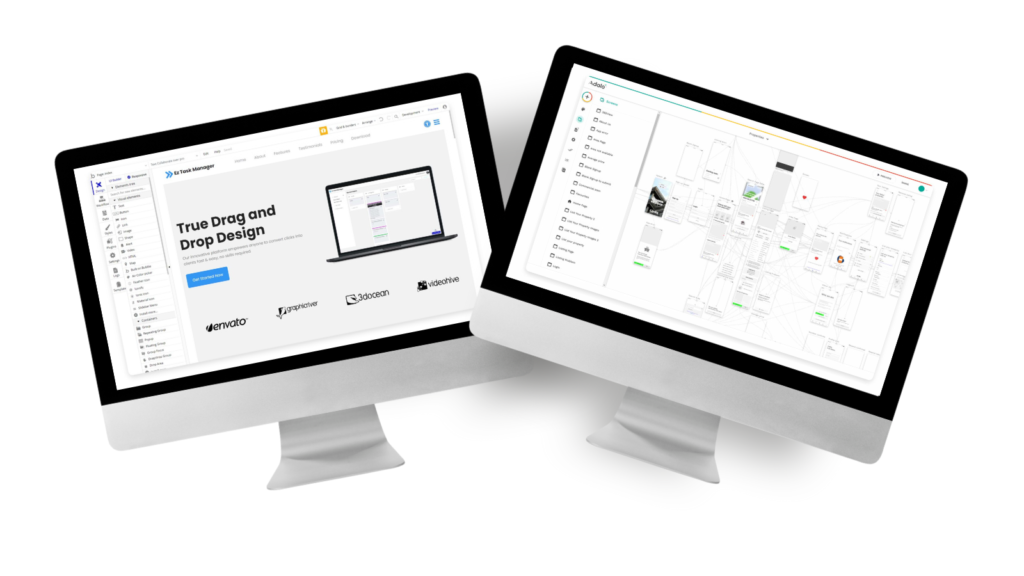
Bubble’s Mastery of UI & UX
Bubble empowers creators to dive deep into UI design, allowing for meticulous customization. Its UI capabilities enable the creation of visually engaging and dynamic interfaces that elevate the user’s digital encounter.
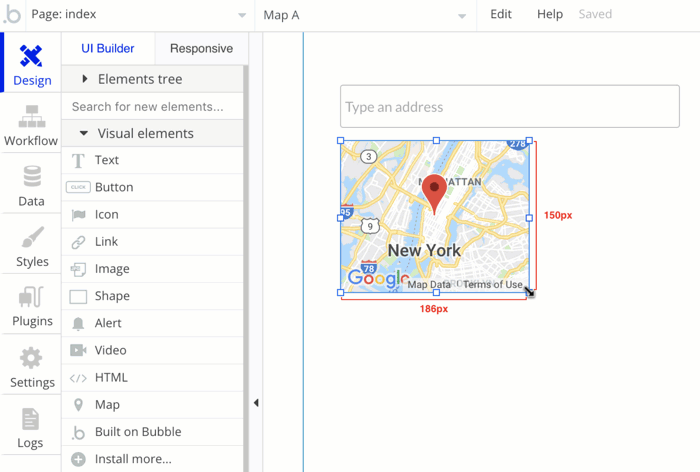
Adalo vs. Bubble: Features and Functionality
Adalo steps onto the stage with a toolkit designed for simplicity and swiftness. The rapid prototyping capabilities of Adalo allow creators to transform ideas into functional prototypes and MVPs with remarkable speed.
Bubble’s allure lies in its blend of visual design and coding capabilities, granting creators the power to craft apps that go beyond the ordinary. Its automation tools allow for the creation of intricate workflows, enhancing user interactions and app efficiency.
Adalo’s Canvas of Customization
Adalo emerges as a canvas where customization and simplicity coexist. Adalo embraces those who seek swift and straightforward customization, ideal for rapid prototyping and bringing ideas to life swiftly.
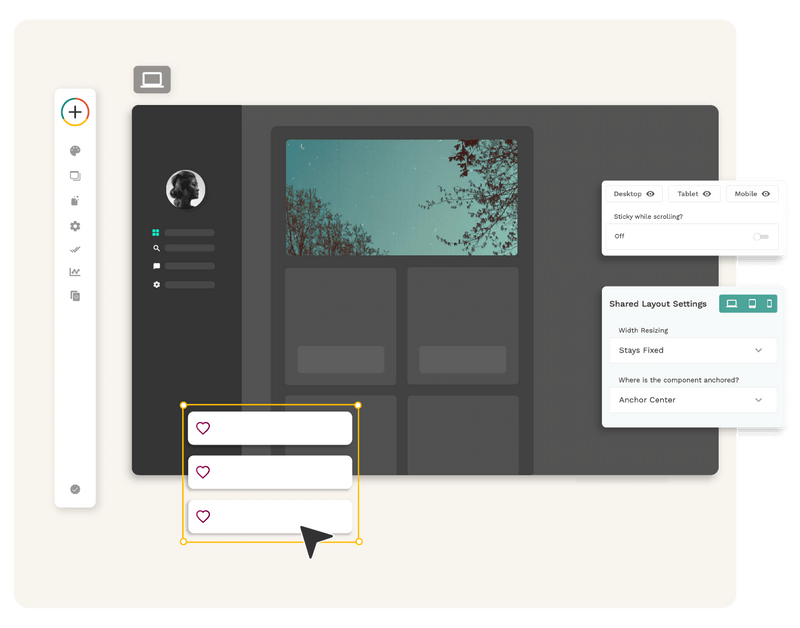
Bubble’s Realm of Flexibility
Bubble’s spectrum of functionality extends from no-code simplicity to low-code customization, making it a playground for creators with varying technical backgrounds. Its visual design capabilities, coupled with coding options, grant users the ability to craft apps that mirror their exact visions.
Adalo’s User-Friendly Learning Curve
Adalo beckons beginners with its gentle learning curve, designed to empower even those without coding knowledge. For those venturing into the world of digital creation, Adalo serves as a welcoming guide, allowing swift prototyping and tangible results without a steep technical learning curve. While its simplicity aids initial steps, mastering more advanced functionalities might take time.
Bubble’s Learning Curve
While its visual interface caters to no-code enthusiasts, Bubble’s extensive feature set and customization options can lead to a steeper learning curve, especially for those without coding experience. As creators delve deeper into Bubble’s capabilities, they embark on a learning odyssey that offers immense rewards in terms of customization but requires dedication to grasp its nuances.
Adalo’s Pricing Structure

Bubble’s Pricing

Adalo’s Approach to Performance
Adalo steps onto the stage with a focus on simplicity and speed. While this streamlined process aids in rapid development, it’s essential to assess how this simplicity translates into app performance as the project scales. Smaller to medium-sized apps might thrive on Adalo’s framework, offering responsive performance and smooth interactions.
Bubble’s Emphasis on Speed and Scalability
Bubble’s focus on scalability and speed lies at the core of its architecture. It’s designed to handle apps of varying complexity, from simple prototypes to intricate, feature-rich applications. Bubble’s scalability ensures that as your user base grows, your app’s performance remains steadfast, delivering responsive interactions and minimizing delays.
Adalo’s Collaborative Community
The collaborative nature of Adalo’s community ensures that as you embark on your app-building journey, you’re never alone. However, as Adalo’s community expands, it’s essential to assess whether the scale of support matches your project’s needs.
Bubble’s Supportive Network
Whether you’re a no-code enthusiast or a seasoned developer, Bubble’s network ensures that you have access to a wealth of knowledge and insights. But remember, the breadth of Bubble’s community might present a learning curve as you navigate its extensive resources.
Adalo’s Versatility and Use Cases
Adalo enters the spotlight as a versatile canvas catering to a spectrum of use cases. It’s a playground for those who seek quick results, enabling entrepreneurs, small businesses, and individuals to transform their ideas into functional digital experiences.
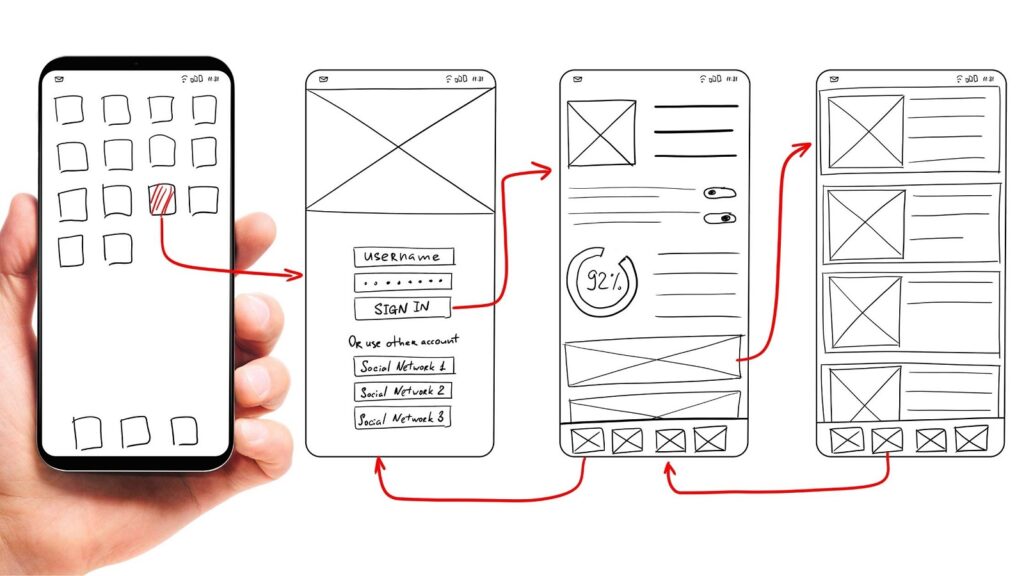
Bubble’s Range of Suitability
Its range of suitability is expansive, encompassing use cases that span from small startups to large-scale businesses, from e-commerce platforms to social networking sites. Bubble’s flexibility allows creators to craft apps that cater to specific needs, leveraging both no-code elements and custom-coded features.
Adalo’s Approach to Scalability
Adalo’s scalability might be a consideration, especially for those with aspirations of exponential growth. Assessing whether Adalo’s architecture aligns with your long-term vision is vital.
Bubble’s Embrace of Growth
Bubble provides the flexibility to scale. From startups to enterprises, Bubble’s infrastructure ensures that as your user base expands, your app’s performance and responsiveness remain steadfast.
Adalo’s Path to Deployment
With its user-friendly interface, deploying apps becomes an accessible endeavor. Creators can publish their creations swiftly, making their digital visions accessible to users across platforms. Adalo’s streamlined deployment suits those who seek quick results and immediate user engagement.
Bubble’s Comprehensive Publishing
Bubble provides a range of options for deployment, from web apps to native mobile apps, allowing creators to tailor the user experience to various platforms. The flexibility in deployment aligns with Bubble’s ethos of customization, catering to creators who desire a tailored presence across different channels.
Adalo’s Ecosystem of Simplicity
Adalo steps onto the stage with an ecosystem rooted in simplicity and accessibility. Tutorials, forums, and user-generated content cultivate an environment where collaboration and guidance thrive. This ecosystem caters to those who seek quick results and value a community that supports their journey.
Conclusion
As you stand at the precipice of choice, let the words linger – this isn’t about which platform is “better”; it’s about which platform aligns with your vision. Your aspirations, project goals, and intended audience serve as the North Star, guiding you toward the path that resonates with your journey.

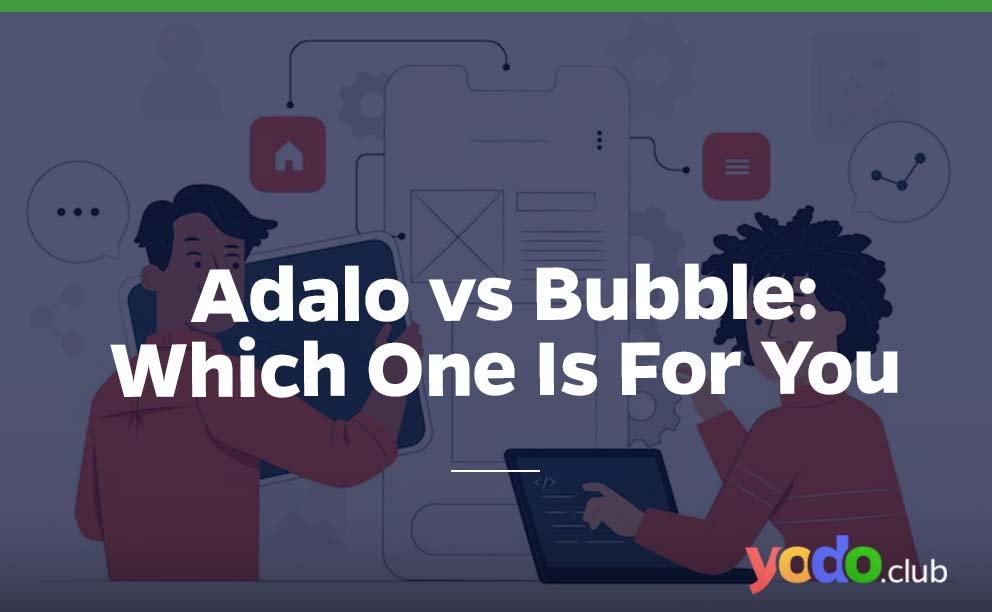

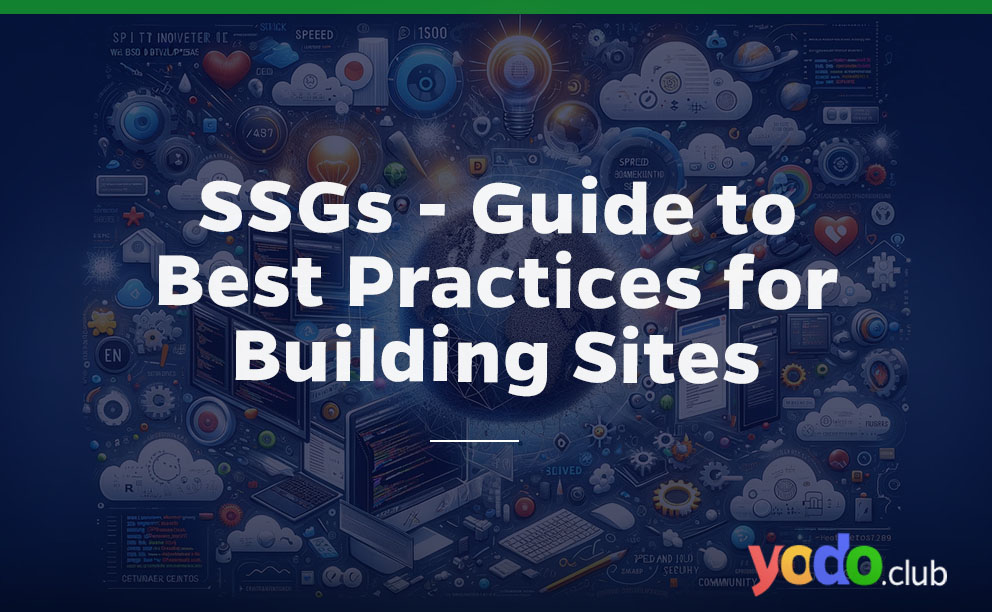
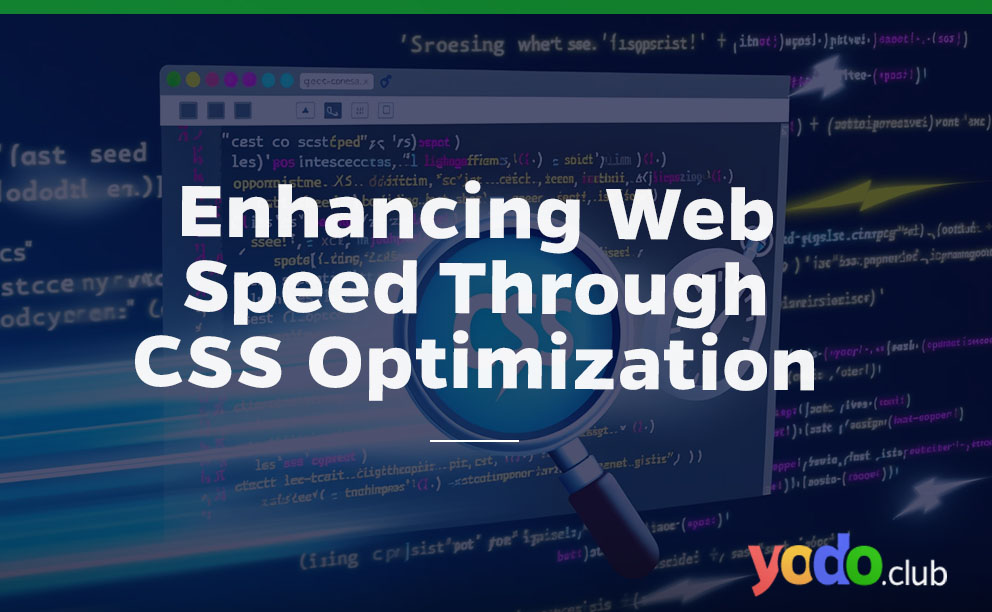

 & Passion.
& Passion.